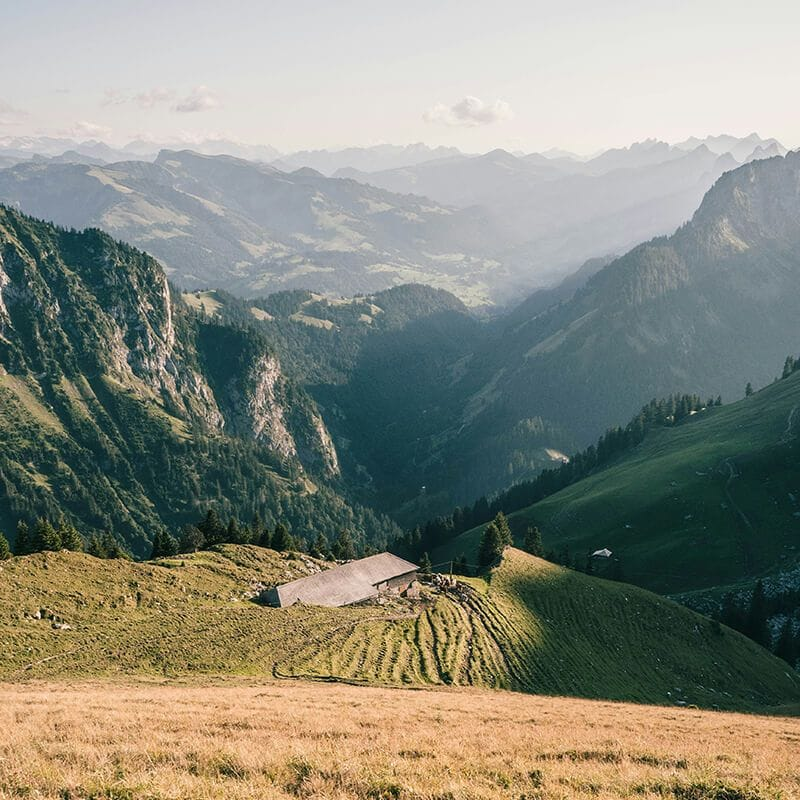All colors are back in stock! Happy Holidays and thanks for supporting our USA Small Business!
Page Not Found!

Micro Climate Change, Part 1
Introduction to Microclimates

Microclimates are small-scale, identifiable climates. The scale can range from a few miles to single square foot in your garden where a particular plant will be happiest. We interact with microclimates all the time. Think about the coldest part of your house in the winter or the hottest part during the summer. A sunny window creates a microclimate in your home.
Take a tour of your home and locate the best spots! How could you use them to your advantage? Could they be used for indoor plants, root vegetable or seed storage, or as summer sleeping areas?
This post will help you understand microclimates. In the next one, we’ll examine how to apply these concepts to your garden and to your Garden Tower® 2 vertical planting system.
In Your Garden

Like your home, your garden has many microclimates. Mid-latitude gardeners in the northern hemisphere often have shady, northern walls, which can be a problem. West-facing patios, where air temperatures are warm throughout the day and grow hotter under the afternoon sun, are uncomfortable.
As gardeners and designers, the good news is that we can organize and create solutions for modifying microclimates to our benefit. Some plants, such as cooking herbs from the Mediterranean or succulents from the Southwest, love sunny, hot, western areas.
There are several factors affecting microclimates such as moisture, temperature, wind, vegetation, soil, latitude, elevation, and season. Use your observations of your own microclimates to make your home more comfortable and your garden more productive.
Latitude

Where you are in relation to the equator (latitude) affects your general microclimate. If you are close to the equator, you may be in a tropical or subtropical zone. The soil in these zones does not hold fertility in the same way as mid-latitude areas. Temperate soils act as a battery for deciduous perennials by storing fertility, such as organic matter or sugars in roots in the soil for use the next season. The advantage of subtropical and tropical areas is that the sun’s light is abundant, which allows plants to hold their own fertility throughout year. Polar regions have yet another set of microclimate factors to design for. We unconsciously adapt to the ecological limits of our latitude by internalizing the flow of the seasons. We can’t change these factors, but we can adapt to them. We can become proficient in placing our productive plants in those microclimates that suit them. We can make sure they have enough protection through the winter or spring season to be productive. We can make sure there is enough protection from intense light, rain, and heat to produce in the hotter, more humid zones.
Elevation

Elevation also affects microclimates. In the evening, plants at the top of a hill, a mountain, or a forest lose warm air faster than plants on lower slopes or in valleys, where heavy cool air can also pool. Tall apartment buildings are more exposed to light and wind. Unless you have a large farm, or the ability to change apartments, you might not be able to change elevation. Get savvy about choosing the right plants adapted to your elevation. Try using greenhouses and shade houses to protect your gardens.
Moisture

Moisture greatly affects microclimates. Your area’s moisture regime, whether an arid area or a humid area where dozens of inches of rain fall each year, helps shape your microclimates. Most productive plants need a fair amount of water. The appearance of their leaves reflect their ability to modify the microclimate immediately around them.
A plant’s form indicates its balance between absorbing or deflecting light. The form tells us about how a leaf transpires or absorbs water and materials from the atmosphere. It tells us how the plant affects humidity. A community of plants can influence their own humidity and light levels. Have you ever seen squash wilt in the intense summer heat, even though it has just rained? The plants lowered their leaves to self-limit light levels.
Wind

Wind affect microclimates. Learn what your prevailing winds are in both the summer and winter. Soften or block cold, northern winds or strong winds coming from large bodies of water. Likewise, tall buildings in urban areas speed winds up as they pass between buildings.
If you can enhance gentle breezes by creating a path of trees and shrubs, you can create a pleasant microclimate. By allowing prevailing, hot summer winds cross a pond or fountain before arriving at your patio, you’ll experience a cool, pleasant microclimate.
Temperature

Temperatures fluctuate in microclimates for many reasons. Latitude affects seasonal temperatures. Higher elevations can see a wide range of temperatures, from low to high, throughout the day. Areas with lush vegetation can be shady and cool in the understory and hot and humid at the edges. Temperatures near large bodies of water are more stabile and often remain warm into fall.
Thermal mass can affect garden microclimates. Dense material absorbs the sun’s energy during the day and radiates heat out to the surrounding area. This creates thermal mass. Our homes create thermal mass. Brick walkways, walls, tanks of water, and ponds all create thermal mass. They regulate temperature and keep plants warm in the shoulder seasons. Greenhouses allow air to warm throughout the day and trap it inside. This causes the greenhouse to cool more slowly than the surrounding air. Shade houses prevent the sun’s light from entering an area, which creates cooler zones in a hot climate.
Related Articles
Connect with us @GardenTowerProject
















Want to know more?







